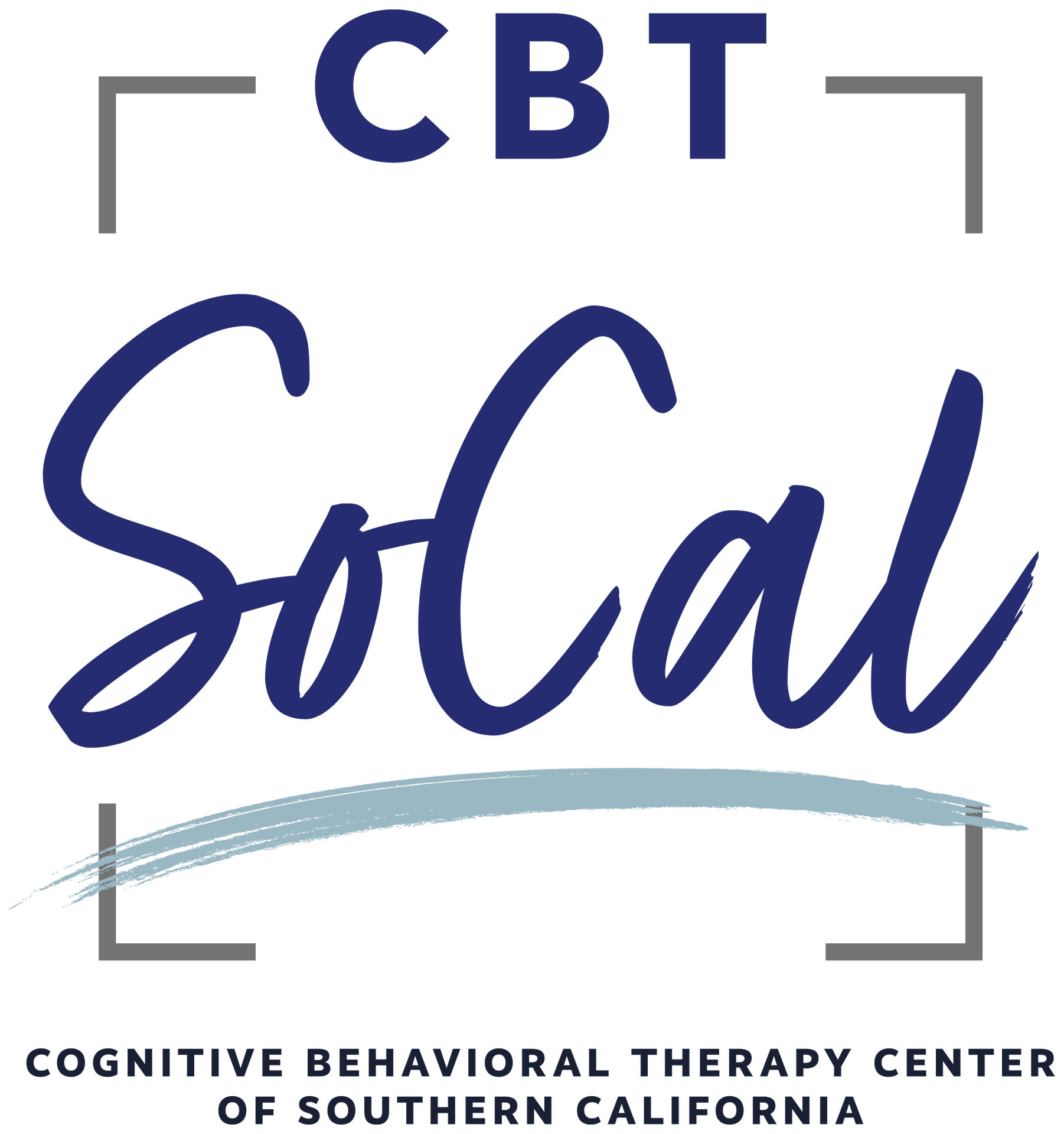Therapy for Body-Focused Repetitive Behaviors (BFRBs)
Is Hair-Pulling Or Skin-Picking Taking A Toll On Your Life?
- Do you find yourself repeatedly pulling out your hair or picking at your skin—despite your best efforts to stop?
- Are you noticing bald spots, scabs, scarring, or infections from these behaviors?
- Do you hide your appearance out of shame, fear of judgment, or embarrassment?
If you or someone you love is struggling with hair-pulling (Trichotillomania), skin-picking (Excoriation Disorder), or another form of Body-Focused Repetitive Behavior (BFRB), you may feel trapped in a cycle of temporary relief followed by guilt, frustration, and distress. These repetitive actions can lead to physical damage, emotional overwhelm, and avoidance of social situations or intimacy.
The good news is that you’re not alone—and you’re not powerless. CBT SoCal offers evidence-based therapy for BFRBs that helps regain a sense of control and confidence. Through specialized treatment approaches, we help individuals reduce these behaviors, manage urges, and heal the shame and self-criticism that often comes along with them.
What Are Body-Focused Repetitive Behaviors (BFRBs)?
BFRBs are a group of mental health conditions that involve repeatedly damaging one’s own body as a way to manage uncomfortable emotions, physical tension, or a sense of unease. These behaviors are not self-harming in the traditional sense, but they can result in significant medical and psychological consequences.
Common BFRBs Include:
- Trichotillomania (Hair-Pulling Disorder): Recurrent pulling out of hair from the scalp, eyelashes, eyebrows, or other areas, often leading to visible hair loss, bald spots, or thinning.
- Excoriation Disorder (Skin-Picking Disorder): Repeatedly picking at the skin—usually on the face, arms, or hands—leading to bleeding, infections, scarring, and often intense shame.
- Nail Biting
- Cheek or Lip Biting
Many people with BFRBs report a buildup of tension or discomfort before the behavior, followed by a temporary sense of relief afterward. Unfortunately, this cycle can quickly become compulsive, habitual, and difficult to break without help.
Trichotillomania And Excoriation Disorder: Clinical Signs & Diagnosis
While everyone may occasionally pick at their skin or tug at their hair, BFRBs become a clinical concern when the behavior is frequent, difficult to control, and causes significant impairment or distress.
DSM-5 Diagnostic Criteria for Trichotillomania (Hair-Pulling Disorder):
- Recurrent pulling out of one’s hair, resulting in noticeable hair loss.
- Repeated attempts to decrease or stop the behavior.
- Clinically significant distress or impairment in daily functioning (social, occupational, academic, etc.).
- Not due to a dermatological or medical condition.
- Not better explained by another mental health condition (e.g., Body Dysmorphic Disorder).
Excoriation Disorder (Skin-Picking Disorder):
This condition often begins as an attempt to remove perceived skin flaws or blemishes, but quickly escalates into frequent picking that leads to bleeding, open wounds, infections, and permanent scarring. Sufferers often feel a lack of control, despite attempts to stop. The resulting shame or self-consciousness may cause withdrawal from relationships, intimacy, or public activities.
How Therapy Can Help You Break Free From BFRBs
CBT SoCal offers cognitive-behavioral treatments specifically designed to address BFRBs. Our goal is to help you understand what’s fueling the cycle of urges and behaviors, and then provide effective tools to interrupt it.
Our Therapy Process May Include:
- Habit Reversal Training (HRT): A foundational, research-supported treatment for BFRBs. HRT involves increasing awareness of triggers and urges, and practicing “competing responses”—replacement behaviors that are incompatible with hair-pulling or picking.
- Stimulus Control: Modifying your environment to reduce triggers, such as mirrors, tweezers, or specific lighting, and creating a sensory-safe space.
- Cognitive Restructuring: Identifying and shifting the critical or perfectionistic thoughts that often accompany BFRBs.
- Mindfulness and Emotion Regulation: Teaching you to tolerate uncomfortable sensations and emotions without defaulting to repetitive behaviors.
BFRBs are not simply “bad habits” or issues of willpower—they are neurobiological conditions that require informed, supportive treatment. With practice and persistence, change is possible.
What To Expect In Sessions
At the start of therapy, we’ll work collaboratively to understand the specific patterns of your behavior: when it happens, how it feels, and what purpose it serves. From there, we will introduce practical, personalized strategies you can use between sessions.
You’ll learn how to recognize early signs of urges, develop alternative responses, and create new emotional coping skills. Depending on your age and preferences, we may also involve family members or supportive partners to assist in environmental adjustments and accountability.
Common Questions About BFRB Therapy
“I’ve tried to stop picking or pulling so many times. What if therapy doesn’t work either?”
That sense of discouragement is common—but there’s a big difference between trying to quit on your own and working with a trained therapist who understands the psychology and physiology behind BFRBs. Therapy doesn’t rely on willpower alone—it gives you real tools to change the cycle.
“Is this just a form of OCD?”
While BFRBs can sometimes co-occur with OCD, they are distinct diagnoses. Treatment for BFRBs often overlaps with techniques used in OCD therapy (like CBT), but is tailored specifically for managing body-focused behaviors and urges.
“Will therapy focus on appearance or self-esteem?”
Yes—and no. While we want to reduce the physical impact of BFRBs, we also work to heal the emotional toll these behaviors take. Many clients struggle with guilt, embarrassment, or poor self-image. Addressing these emotions is often just as important as reducing the behavior itself.
You Don’t Have To Live With The Shame Or Struggle Alone
BFRBs can feel isolating—but they are more common than you might think. We understand the hidden pain that hair-pulling and skin-picking can cause, and we are here to help you or your loved one navigate toward healing with compassion and expertise.
Contact us today at (818)547-2623 to schedule a free phone consultation
We offer therapy for Trichotillomania, Excoriation Disorder, and other BFRBs in-person in Glendale and Torrance, or online throughout California.




